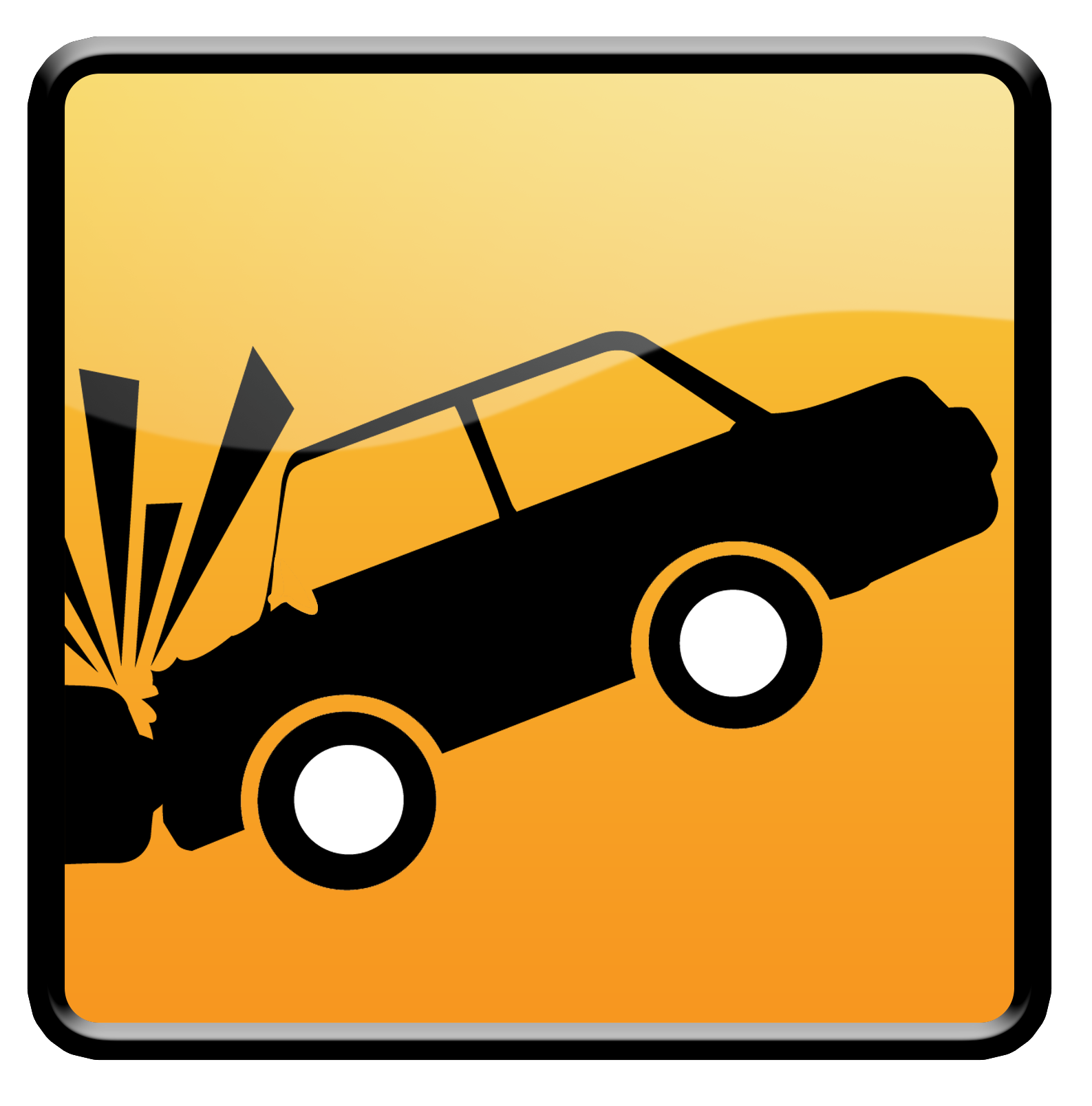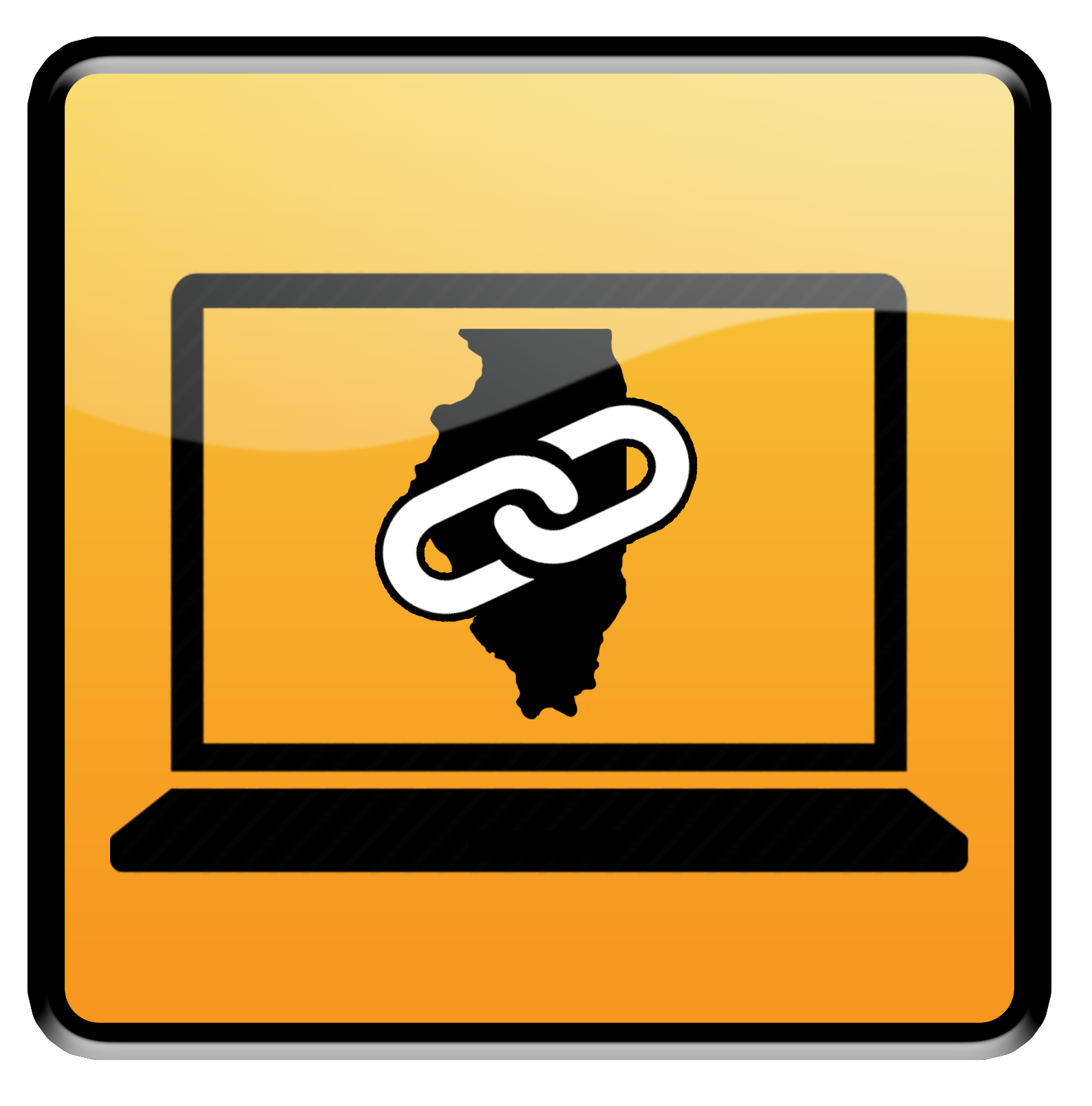Safety Restraints
Safety Restraints
Wearing your seat belt and properly buckling up your child is not just a good idea. In Illinois, it's the law. Each year in Illinois and across the U.S., lives are needlessly lost simply because they weren't buckled in. These are mothers, fathers, brothers, and sisters. If you won't buckle up for yourself, buckle up for those who love you.
How to Use Safety Seat Belts Properly
A safety belt can only protect you if it is used -- and used properly every time.
- Provide enough safety belts for each person traveling in your vehicle. Each person needs their own safety belt. Make sure all safety belts are working properly.
- Show you care. Ask passengers in the front and rear seats to use their safety belts. Most people will gladly buckle up if the driver asks them to.
- Do not start your car until all safety belts are fastened.
- Adjust your safety belt so it fits snugly over your hip bones. It should cross your lap low on the hips, not high across your stomach.
- A shoulder belt should go over your shoulder and across your body diagonally. It should never be worn under your arm.
Safety Belt Users and Non-Users
Many owners of older-model cars install safety belts in their old cars. Many new car owners refuse to use belts already installed. Why? What distinguishes a safety belt user from a non-user? Here are a few differences that we (and other safety belt researchers) have observed:
- Can not really imagine that they would ever be involved in a serious collision.
- Trust their car; hope road conditions and other drivers will not give them trouble.
- May have a touch of claustrophobia, and do not like to feel restricted.
- Think that if they are lucky they will be "thrown clear."
- Are afraid of being trapped in their car in case of fire or submersion.
- Think it is unnecessary to use safety belts.
- Say safety belts are hard on their clothes.
- Feel safe on short trips, but buckle up on longer trips or when driving on interstate highways.
- Sometimes intend to use their belt, but forget.
- Think that crashes are common and could happen to anyone.
- Are self-reliant and prepare for highway dangers in a variety of ways.
- Like to feel they are part of the car; feel loose and lost when unbelted.
- Know ejection is bad luck, 4 times out of 5.
- Know fire or submersion is rare; being knocked helpless is the real danger.
- Think it is childish to refuse proven protection.
- Rate care of person more important than clothes.
- Realize most crashes occur near home and on local roads, not on well built interstate highways.
- Make buckling up a matter of habit.
THE STATE POLICE ROLLOVER SIMULATOR
The rollover simulator is designed to demonstrate the importance of wearing safety seat belts. Two life-size dummies, an adult and a child are placed in the truck cab unbelted. To simulate a rollover accident, the cab is mechanically rotated, which causes the dummies to be ejected. The dummies are returned to the cab and secured with safety seat belts. Again the cab is rotated and the dummies remain safely in the cab. To schedule a rollover demonstration for your school or group please contact the Safety Education Section office at (217) 524-2500 or contact your Illinois State Police District Headquarters.
The Illinois "Child Passenger Protection Act" - What does it require?
In Illinois, the law states that each driver and all passengers of a motor vehicle must wear a properly adjusted and fastened seat safety belt.
As of January 1, 2019, provides that any child under the age of 2 that weighs less than 40 pounds must be transported in a properly fitted, rear-facing child restraint system.
Provides that whenever a person is transporting a child under age 8, the person is responsible for properly securing the child in an appropriate child restraint system, which includes a booster seat. Every person, when transporting a child 8 years of age or older, but under age 16, is responsible for properly securing that child in a seat belt. If the vehicle used to transport children under eight years of age is equipped with lap belts only in the back seat and the child weighs more than 40 pounds, the child may be transported in the back seat wearing a lap belt only. If a combination lap and shoulder belt is available, the child must be secured in a booster seat.
The Illinois Graduated Licensing System requires all passengers under 19 years to buckle-up when riding in a vehicle being driven by a person under the age of 18. Any person under the age of 18 who receives a graduated driver’s license, for the first six months of the license or until the person reaches the age of 18, whichever occurs sooner; the person may not drive with more than one person in the vehicle who is under the age of 20 unless they are siblings, children, step-siblings, and step children of the driver.
Also, no person may operate any 1965 or later model vehicle unless the front seats are equipped with two sets of safety belts. A child must be protected under these Child Passenger Protection Act guidelines:
- All children under the age of two, rear-facing in a rear-facing child safety seat.
- All children under the age of eight, secure in a child safety seat.
- Children eight years of age or more, but less than 16 must be secured in a seat belt or child safety seat.
- 16- and 17-year-olds must be secured by a safety belt when the vehicle they are riding in is driven by a person under the age of 18.
What is the purpose of the Child restraint act?
The Child Passenger Protection Act was established to protect the health and safety of children through the proper use of "approved child restraint systems." Parents or legal guardians of a child under eight are responsible for providing an approved child safety seat to anyone who transports his or her child.
What is the penalty for failure to comply with this law?
A violation of this act is a petty offense, and the first violation shall be punishable by a fine of not more than $75, waived upon proof of possession of an approved child passenger restraint system defined under this act, and proof of completion of an instructional course with a child passenger safety technician. A subsequent violation of this Act is a petty offense punishable by a fine of not more than $200.
Where can I buy an approved child restraint seat?
Child restraint systems sold at the department and discount stores are approved seats that meet the U.S. Department of Transportation Standards. Make sure to send in the seat registration card so the manufacture can reach you in case of a recall. Avoid buying seats at second hand shops and garage sales as you do not know the history of the seat.
"Approved child restraint systems" refers to any device which meets the standards of the United States Department of Transportation.






